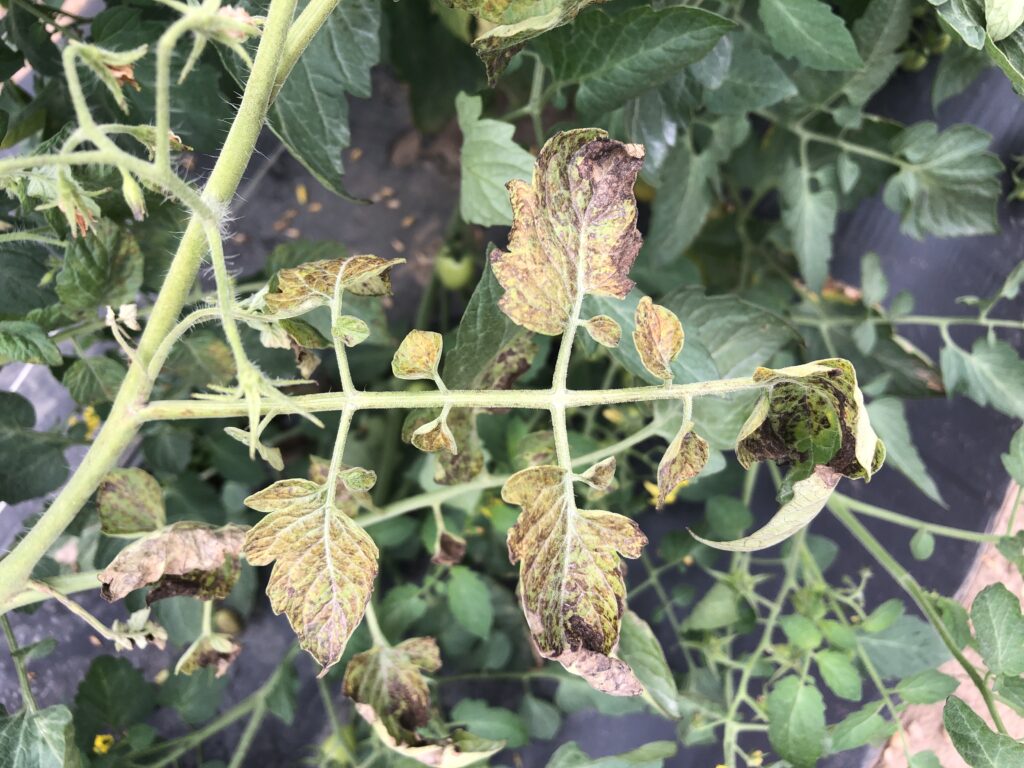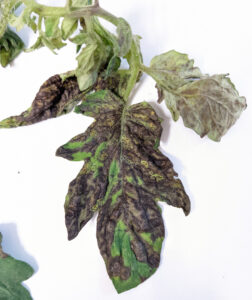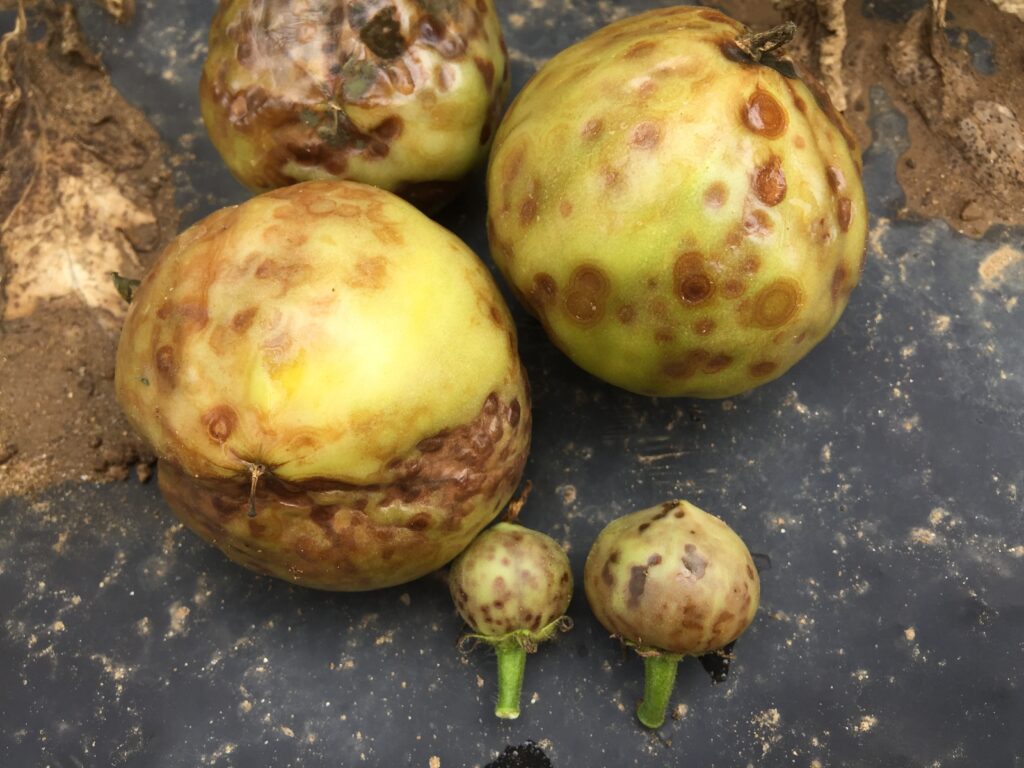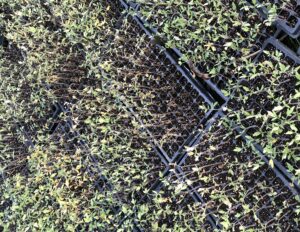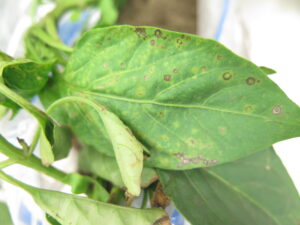Tomato Spotted Wilt Virus Prevalent on Tomato & Pepper this Spring
go.ncsu.edu/readext?871358
en Español / em Português
El inglés es el idioma de control de esta página. En la medida en que haya algún conflicto entre la traducción al inglés y la traducción, el inglés prevalece.
Al hacer clic en el enlace de traducción se activa un servicio de traducción gratuito para convertir la página al español. Al igual que con cualquier traducción por Internet, la conversión no es sensible al contexto y puede que no traduzca el texto en su significado original. NC State Extension no garantiza la exactitud del texto traducido. Por favor, tenga en cuenta que algunas aplicaciones y/o servicios pueden no funcionar como se espera cuando se traducen.
Português
Inglês é o idioma de controle desta página. Na medida que haja algum conflito entre o texto original em Inglês e a tradução, o Inglês prevalece.
Ao clicar no link de tradução, um serviço gratuito de tradução será ativado para converter a página para o Português. Como em qualquer tradução pela internet, a conversão não é sensivel ao contexto e pode não ocorrer a tradução para o significado orginal. O serviço de Extensão da Carolina do Norte (NC State Extension) não garante a exatidão do texto traduzido. Por favor, observe que algumas funções ou serviços podem não funcionar como esperado após a tradução.
English
English is the controlling language of this page. To the extent there is any conflict between the English text and the translation, English controls.
Clicking on the translation link activates a free translation service to convert the page to Spanish. As with any Internet translation, the conversion is not context-sensitive and may not translate the text to its original meaning. NC State Extension does not guarantee the accuracy of the translated text. Please note that some applications and/or services may not function as expected when translated.
Collapse ▲Tomato spotted wilt virus (TSWV) appears to be more prevalent on tomato crops in central and western North Carolina this year. The incidence of TSWV varies from year to year based on survival of the thrips vector. Be on the lookout for symptoms of this virus. On tomato, TSWV most commonly appears as bronzing of the leaves which eventually turn dark brown or purplish in color. On pepper leaves, the virus may appear as speckling or necrotic flecks and/or chlorotic ring spots. Plants may also wilt or be stunted. Fruit may have chlorotic ring spots and be deformed.
If tomato or pepper seedlings are infected, they may die completely and the top will form a “shepherd’s crook” appearance.
The virus is vectored by several species of thrips, but western flower thrips (WFT) and tobacco thrips are the two most important vectors in North Carolina. WFT populations have been very high this season and appear to be a key vector, especially of secondary spread within fields. The virus is acquired only during the larval stage, but persists in the thrips and is transmitted as an adult.
Once a plant is infected, there is no cure, but the grower can deploy strategies to minimize this virus in future years. The most effective management strategy is the combined use of insecticides to manage the larval stage, reflective mulches in the field, and deployment of resistant varieties. Unfortunately management can be challenging due to limited options for effective chemical control of WFT, and the potential for host plant resistance-breaking strains of TSWV. To date, resistance-breaking strains have not been detected in North Carolina.
If you think you have TSWV on your plants, reach out to your local county horticulture agent to confirm.
Karen Blaedow, Henderson County Horticulture Agent, is a contributing author on this pest alert.



